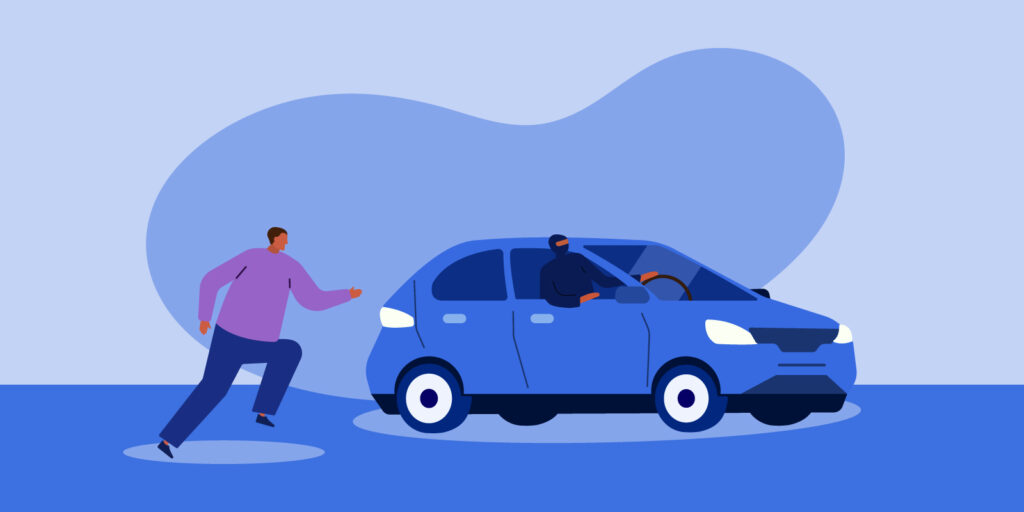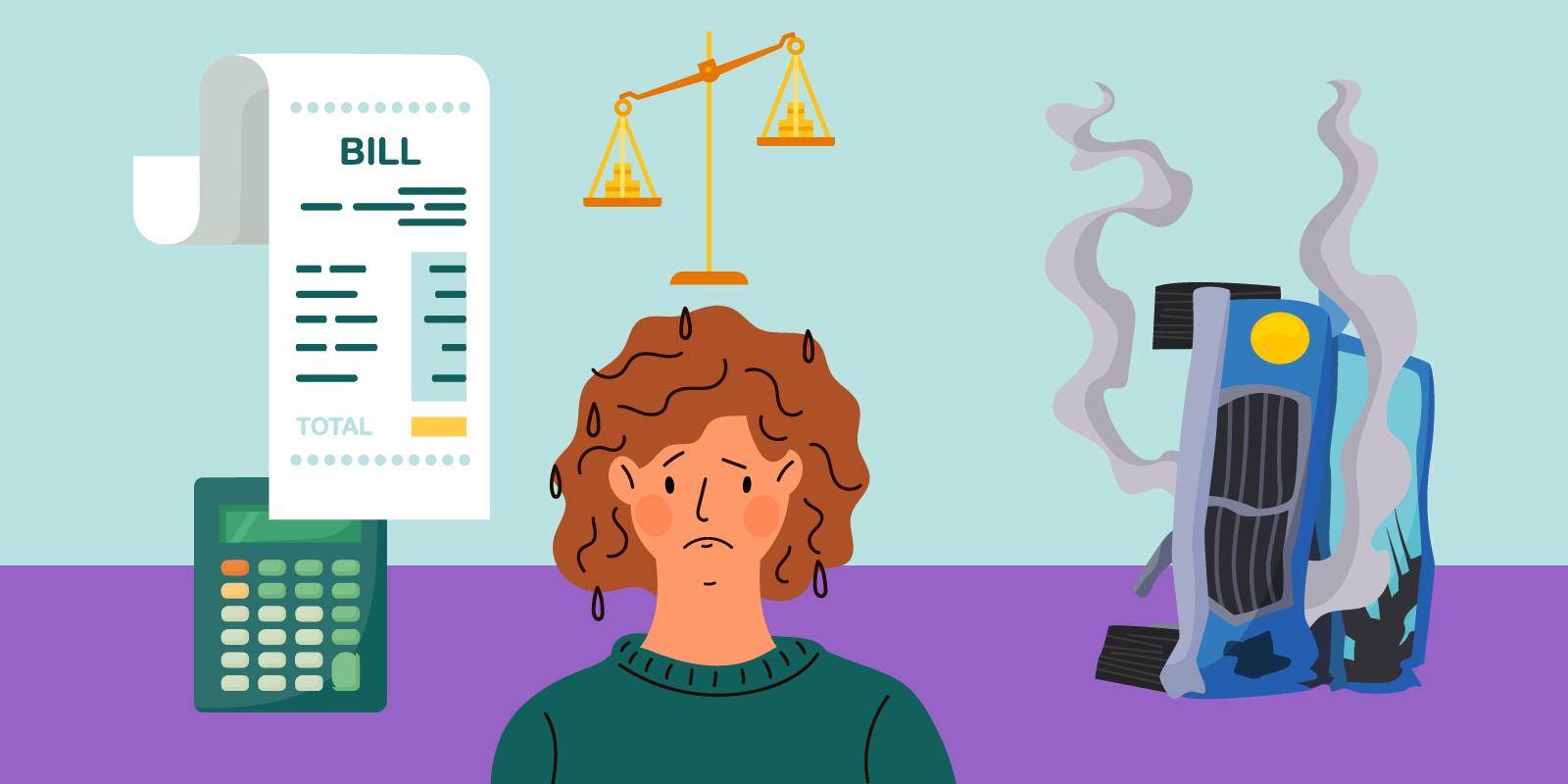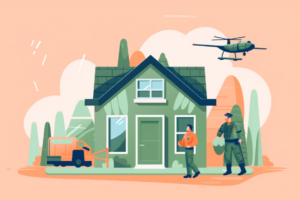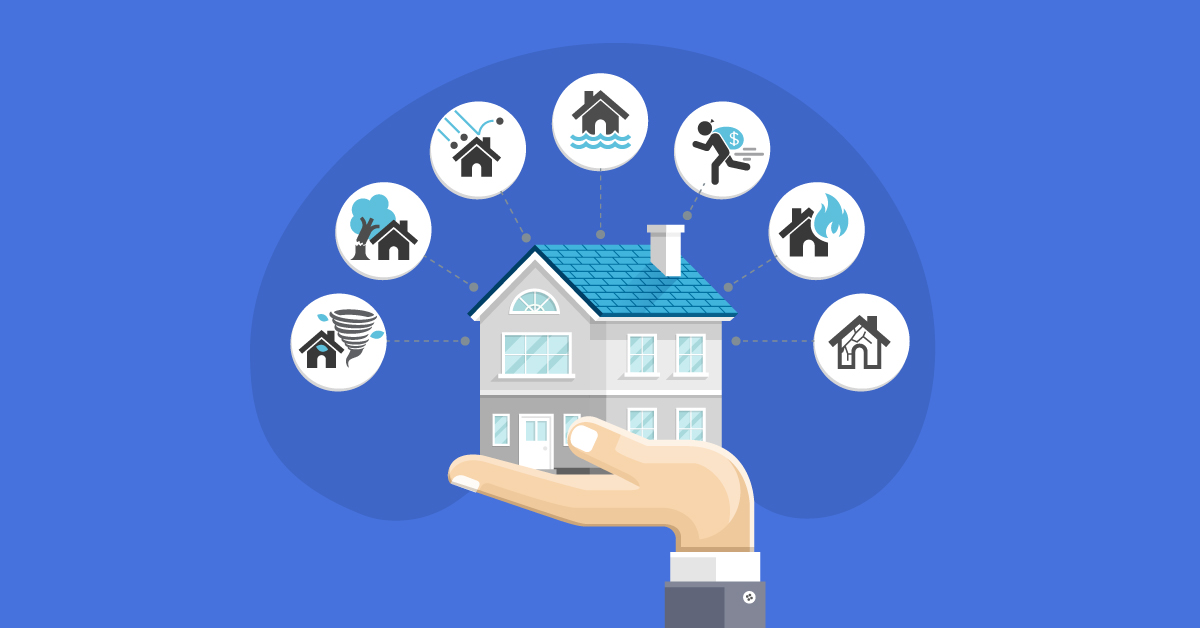Gap insurance, short for Guaranteed Asset Protection insurance, is a particular type of auto insurance coverage that protects you financially in the event your car is totaled or stolen and your primary car insurance doesn’t cover the total amount you owe on the vehicle. It may not be necessary for everyone, but it’s worth considering in certain situations. In this blog post, we’ll delve into what gap insurance is, how it works, and whether or not it’s a coverage option you should consider.
Understanding Gap Insurance
If you financed your vehicle with a loan or lease, this depreciation could create a financial gap between the car’s actual cash value and the amount you owe. Gap coverage insurance is designed to cover this financial discrepancy.
Here’s a simple example to illustrate how gap insurance works:
You purchase a new car for $30,000 and finance it with a $28,000 loan. A year later, your car is stolen, and your comprehensive auto insurance policy determines the value of your vehicle to be $24,000. However, you still owe $26,000 on your loan. Without gap insurance, you’d be responsible for paying the $2,000 difference for the total loss. With gap insurance, the coverage would step in to cover the $2,000, leaving you with no out-of-pocket expense.
Do You Need Gap Insurance?
Gap insurance isn’t necessary for everyone, but it may be worth considering if you meet one or more of the following criteria:
- You have a long-term loan or lease: If you’ve financed your vehicle for more than 60 months or have a lease, you’re more likely to face a gap between the value of your car and the amount you owe, especially during the early years of the auto loan or lease.
- You made a small down payment: If you made a down payment of less than 20% on your vehicle, you might owe more on your loan than the car’s current value, especially during the first few years of ownership.
- Your vehicle depreciates quickly: Some cars lose value faster than others. If you’ve purchased a vehicle known for a rapidly depreciated value, gap insurance could help protect you from potential financial loss.
- You’ve rolled over a loan balance: If you traded in a car with an outstanding loan balance and rolled that balance into your new car loan amount, you’re more likely to owe more than your vehicle’s ACV, making gap insurance a wise consideration.
- You’re leasing a vehicle: Most leasing companies require gap insurance as part of the lease agreement since they want to protect their financial interest in the vehicle.
How to Purchase Gap Insurance

There are several ways to purchase a gap insurance policy:
- From your auto insurance company: Many car insurance companies offer gap insurance as an optional add-on to your existing policy. This is often the most convenient and cost-effective option.
- From the dealership or lender: When you purchase or lease a vehicle, the dealership or lender may offer gap insurance as part of your financing agreement. However, this option can be more expensive than purchasing coverage through your auto insurance provider.
- From a standalone gap insurance provider: Some companies specialize in providing gap insurance coverage. While this option may offer more competitive pricing than dealership-offered gap insurance, it may not be as convenient as adding it to your existing auto insurance policy.
How Much Does Gap Insurance Cost?
Gap insurance costs vary depending on the provider, your vehicle, and your specific circumstances. On average, gap insurance premiums can range from $20 to $500 annually. Remember that the cost of gap insurance is typically much lower when purchased through your auto insurance provider than a dealership or lender offers.
It’s important to shop around and compare rates to ensure you’re getting the best deal on your gap insurance coverage. Remember to read the fine print to see what the specific policy of gap insurance covers, and consider factors like coverage limits, deductibles, and any exclusions when comparing policies.
Pros and Cons of Gap Insurance
Before deciding on whether or not to purchase gap insurance, consider the pros and cons:
Pros:
- Financial protection: Gap insurance provides peace of mind, knowing that you won’t be left with a large financial burden if your vehicle is totaled or stolen.
- Relatively low cost: In most cases, the cost of gap insurance is relatively low compared to the potential financial loss it can help you avoid.
- Lease requirement: If you’re leasing a vehicle, gap insurance is often a requirement, so obtaining coverage will help you meet the terms of your lease agreement.
Cons:
- Limited applicability: Gap insurance only comes into play if your car is stolen or totaled and your primary auto insurance doesn’t cover the full amount owed on the loan or lease.
- Declining need: As you pay down your loan or lease over time, the gap between your vehicle’s ACV and the amount you owe will shrink, reducing the need for gap insurance.
- Additional expense: While gap insurance can be affordable, it’s still an additional expense that you’ll need to budget for.
FAQs
Here are some frequently asked questions (FAQs) about gap insurance:
Is gap insurance mandatory?
Gap insurance is not mandatory for most auto loans, but some lenders or leasing companies may require it. Even if it’s not required, it’s still worth considering for individuals who meet specific criteria, such as having a long-term loan or a small down payment.
How long does gap insurance last?
Gap insurance typically lasts for the duration of your auto loan or lease. However, as you pay down your loan and the gap between the outstanding balance and the vehicle’s ACV narrows, the need for gap insurance decreases.
Can I cancel gap insurance?
Yes, you can generally cancel gap insurance at any time. If you purchased gap insurance through your auto insurance provider, you might receive a prorated refund for the unused portion of your coverage. If you purchased gap insurance from a dealership or lender, you might receive a refund depending on the terms and conditions of the agreement.
Can I transfer gap insurance to another vehicle?
Gap insurance is typically tied to a specific vehicle and its associated loan or lease. If you purchase a new vehicle or refinance your existing loan, you will likely need to obtain new gap insurance coverage for that vehicle or loan.
Does gap insurance cover negative equity from a previous loan?
In some cases, gap insurance may cover negative equity rolled over from a previous loan, but it depends on the terms and conditions of your specific policy. It’s crucial to read your policy’s fine print and consult with your insurance provider or agent to confirm whether rolled-over negative equity is covered.
Does gap insurance go up after an insurance claim?
Gap insurance premiums typically do not increase after an insurance claim is filed. This is because gap insurance is designed to cover the difference between your car’s actual cash value (ACV) and the outstanding loan or lease balance in the event your car is totaled or stolen. Once a claim is filed for a total loss or theft, gap insurance has served its purpose, and the coverage generally ends.
It is essential to note that gap insurance is separate from your primary auto insurance coverage. Filing a claim for a total loss or theft with your auto insurance provider may impact your future auto insurance premiums, depending on the provider’s underwriting guidelines and claim history.
If you are looking for specific details, costs, and coverage, check with your provider for more personalized guidance with any car insurance policy.
Is Gap Insurance Worth It?
Gap insurance can provide valuable financial protection for vehicle owners facing a financial gap between their car’s actual cash value and the amount they owe on a loan or lease. However, it’s essential to carefully evaluate your personal situation, vehicle, and financial circumstances to determine whether gap insurance is the right choice for you.
Take the time to research and compare different gap insurance providers and policies to ensure you’re getting the best coverage at a competitive price. And always consult with a trusted insurance agent or financial advisor to help guide your decision-making process. Remember, this is optional coverage, but the upside can significantly outweigh the monthly cost in the event of an accident.
You might also be interested in: Do You Really Need Comprehensive Insurance? [Plus 5 Steps To Filing A Claim]





